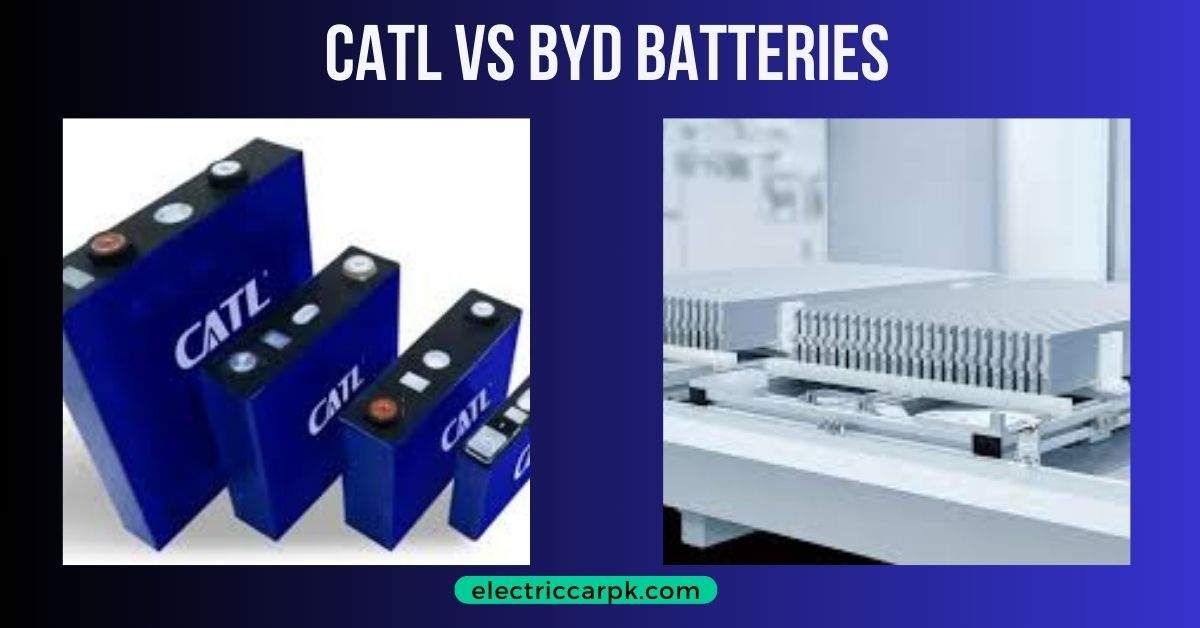The CATL battery model offers detailed technical specifications, including a nominal capacity of 50Ah and a focus on precise charge and discharge parameters, making it suitable for specialized applications.
In contrast, the BYD model highlights broader vehicle performance metrics, such as motor power and top speed, reflecting its integration into electric vehicle systems.

| Feature | CATL Battery | BYD Battery |
|---|---|---|
| Nominal Capacity | 50Ah | Not Provided |
| Nominal Voltage | 3.65V | Not Provided |
| Internal Resistance | ≤0.8mΩ | Not Provided |
| Discharge Cut-off Voltage | 3.0V | Not Provided |
| Standard Charge Current | 10A (0.2C) | Not Provided |
| Charge Voltage | 4.2V | Not Provided |
| Max. Charge Voltage | 4.25V | Not Provided |
| Fast Charge Current | 50A (1C, CC&CV) | Not Provided |
| Max. Charge Current | 50A (1.5C, CC&CV) | Not Provided |
| Max. Discharge Current | 100A (2C, CC&CV) | Not Provided |
| Weight | 0.85 Kg | 5335 lbs (Approx. 2420 Kg)** |
| Operating Temperature (Charge) | 0~+45℃ | Not Provided |
| Operating Temperature (Discharge) | -20~+60℃ | Not Provided |
| Storage Temperature | ≤1 month: -20~+45℃ | Not Provided |
| ≥6 months: -20~+35℃ | Not Provided | |
| Dimensions | 148mm (W) x 27mm (T) x 92mm (L) | Length: 180 in (4572 mm) |
| Width: 72 in (1828 mm) | ||
| Height: 64 in (1625 mm) | ||
| Wheelbase: 111 in (2819 mm) | ||
| Motor Type | Not Provided | AC Synchronous Motor (Brushless) |
| Max Power | Not Provided | 121hp (90kW) |
| Max Torque | Not Provided | 332 ft/lb |
| Battery Capacity | Not Provided | Not Provided |
| Range | Not Provided | Not Provided |
| Top Speed | Not Provided | 87 mph |
| 0 – 60 km/h | Not Provided | 7.69 sec |
| Braking System | Not Provided | Regenerative braking, double and single piston calipers, disk brakes |
| Steering System | Not Provided | EHPS (Electric Hydraulic Power Steering) |

Add a Comment